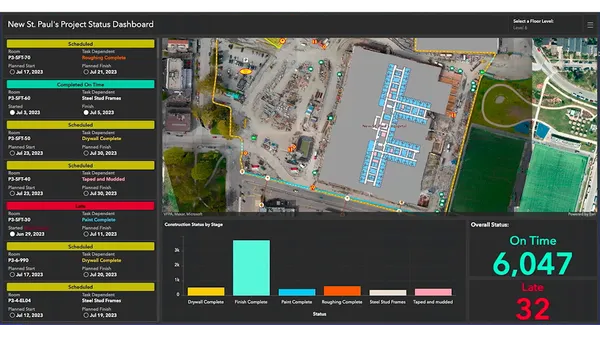Dive Brief:
- The Federal Aviation Administration's new small commercial drone rules went into effect Monday, and the agency said more than 3,300 potential drone pilots signed up for the first testing slots, according to Bloomberg.
- The FAA announced the new rules in June, clarifying what was an ambiguous set of drone rules and eliminating the need for companies to file for operational exemptions or to hire a licensed pilot to fly the unmanned aerial vehicles (UAVs).
- With the ink not yet dry on the first set of drone regulations, the FAA said it plans to revise the flight-over-people portion of the new rules by the end of the year and conduct October tests to see how it can revamp the line-of-sight requirements.
Dive Insight:
The FAA said that the lure of drones is so strong that it expects licensed drone operators to exceed the number of licensed private pilots (171,000) within one year. An operator's license is not required for hobbyists and recreational drone users. Prior to the enactment of the new rules, drone operators complained that there were some dangerous operators who took advantage of the fact that there were no set rules for commercial UAVs.
The new rules include the following provisions:
- Drones must weigh less than 55 pounds and have anti-collision lights.
- Drones are not permitted to fly higher than 400 feet, faster than 100 mph or at night.
- Operators, who are required to perform preflight safety checks, must be at least 16 years old and pass a written test every two years.
- Pending finalization of revised rules, operators must keep drones in their line of sight and, generally speaking, not fly them over unprotected people.
In addition to the line-of-sight and flight-over-people changes coming, the experts said the FAA's waiver process will most likely help the agency gauge how companies are using drones so that they can further fine-tune the rules.
Drones have emerged as a game-changing technology in the construction industry due to their ability to monitor construction sites, take photos, collect information, and then send that back to the project managers or design team. An April report from the Association for Unmanned Vehicle Systems International determined that construction and infrastructure were the two industries that used drones the most, representing nearly 40% of all FAA-approved exemptions.













